



Rockchip RKnanoC Chip Operating Voltage Reduction Methods
Rockchip RKnanoC chips are designed to reduce the operating voltage by optimizing the regulator module. First, the regulator module is initialized and the preset data is written into the internal FIFO of the regulator module, and the low-power control module notifies the regulator module to lower the voltage so that it enters the low-power mode. The regulator module will send a voltage reduction command to the peripheral according to the internal FIFO data, thus reducing the operating voltage of the chip. This hardware auto-regulation method, without CPU involvement, can significantly reduce the power consumption of the chip. For example, in some portable audio devices, battery life can be extended in this way, allowing users to enjoy music for a longer period of time.
The operating voltage reduction method for Rockchip RKnanoC chips may need to be determined based on the specific circuit design and chip specifications. In general, the following common methods can be considered to reduce the operating voltage of the chip:
- Power Management Module: The chip may have an integrated power management module inside the chip, which can be used to adjust the output voltage by setting the relevant registers or control pins. This usually requires referring to the chip's datasheet to understand the specific control methods and the adjustable voltage range.
- External power supply chip: If the operating voltage of the chip is provided by an external power supply chip, you can choose a power supply chip with an adjustable output voltage function and reduce the voltage output to the chip by adjusting its external resistor or other settings.
- Dynamic Voltage Scaling: Some systems may use Dynamic Voltage Scaling (DVS) technology to adjust the voltage in real time according to the chip's workload. This method requires system support and corresponding control algorithms.
It is important to note that lowering the operating voltage of the chip requires careful operation to ensure that the chip can work properly and meet the performance requirements. Too low a voltage may cause the chip to function abnormally or become unstable. Before making any voltage adjustments, be sure to carefully read the documentation and datasheets for Rockchip RKnanoC chips to understand the recommended operating voltage range, voltage adjustment methods, and possible limitations and precautions.

Please contact us if the source is mislabeled or violates your legal rights.
We will promptly correct and delete, thank you.
- ISP co-processor
- The standard of ISP chips
- What is the power consumption level of t...
- In what scenarios can the performance of...
- Smart Home Products with Rockchip RK3588...
- Kylin ISP chip
- Purchase of ISP chips
- How fast is the read speed of Winbond W2...
- The motherboard of the industrial comput...
- spi ethernet chip in qfn package
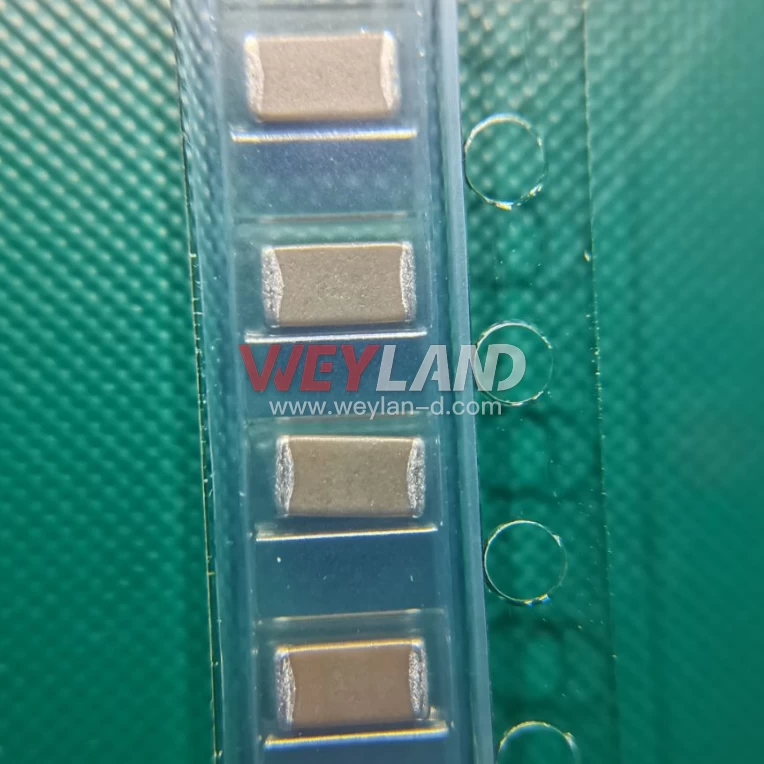
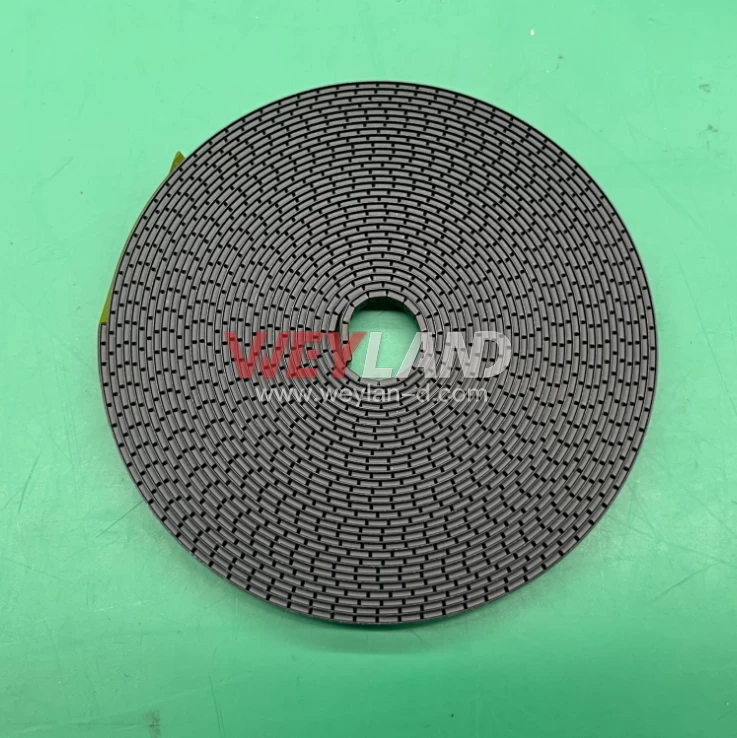
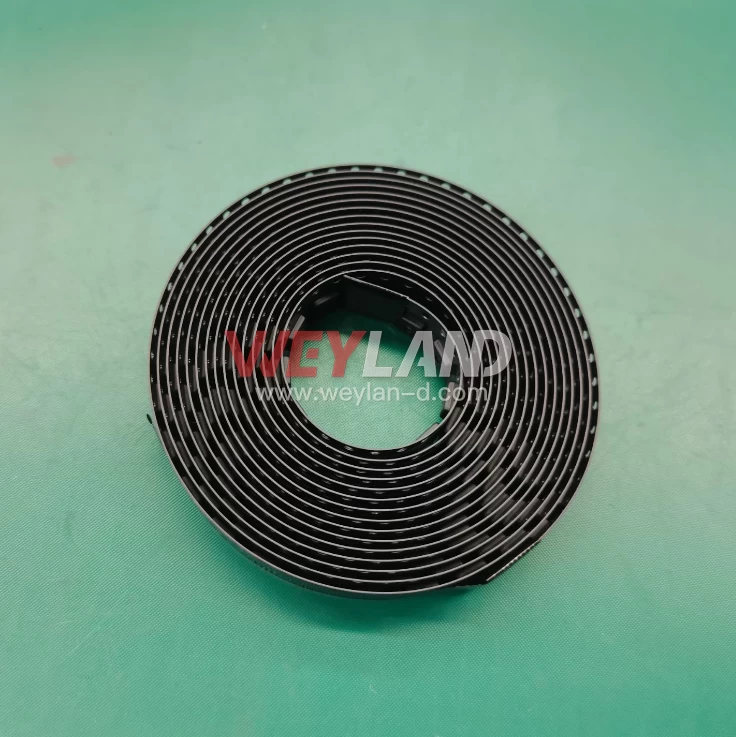

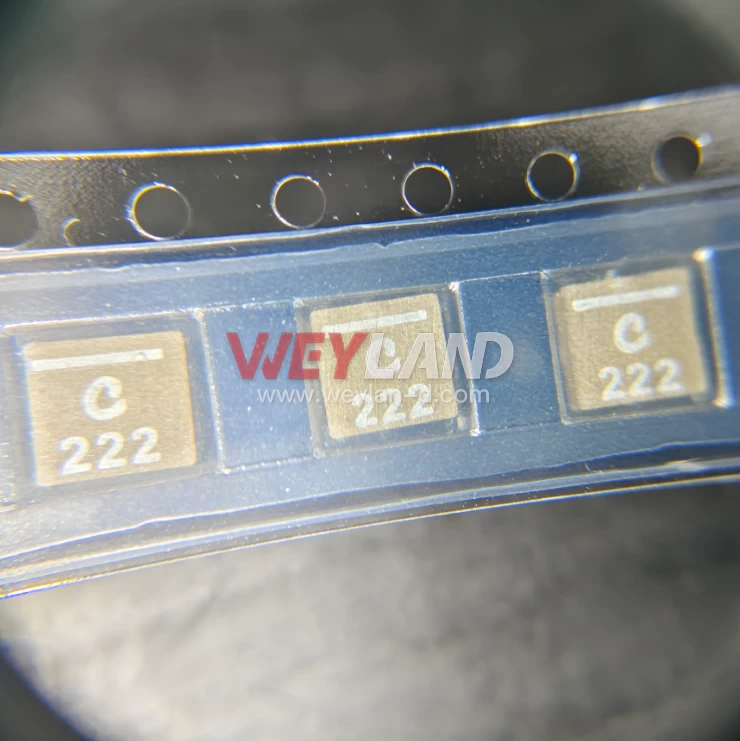
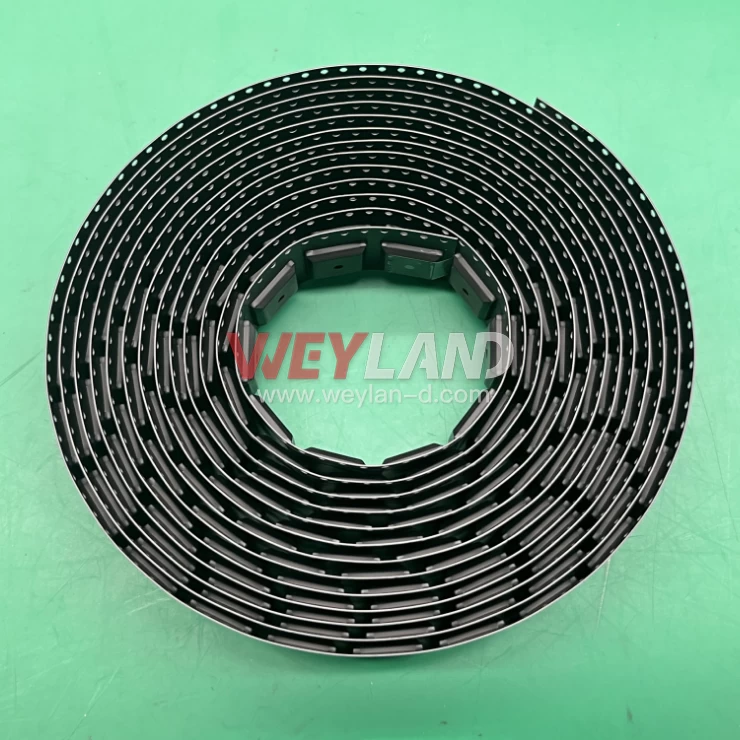
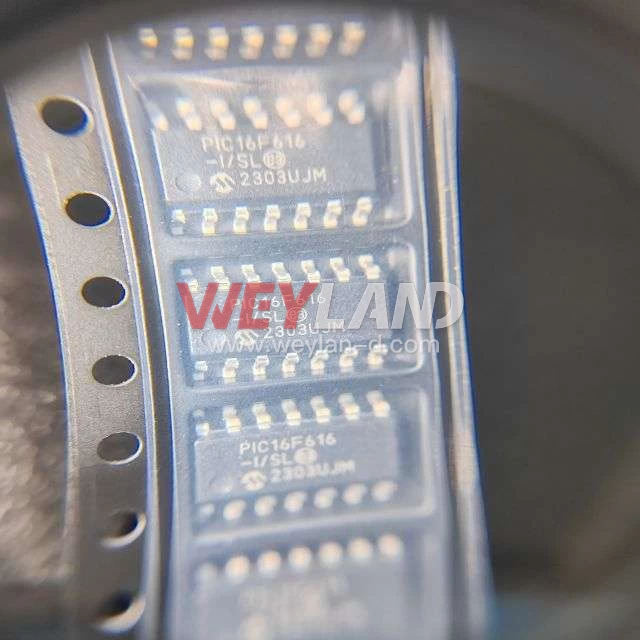

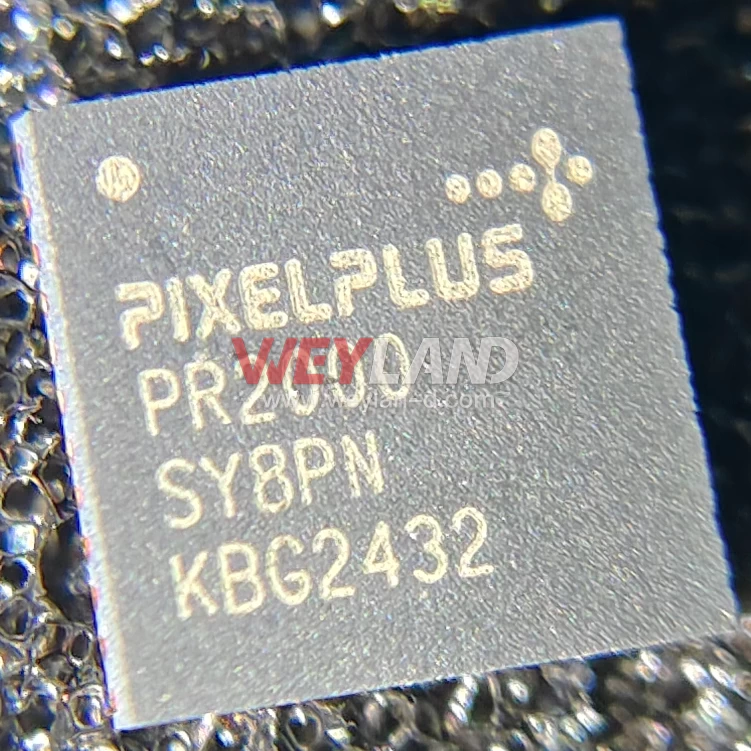
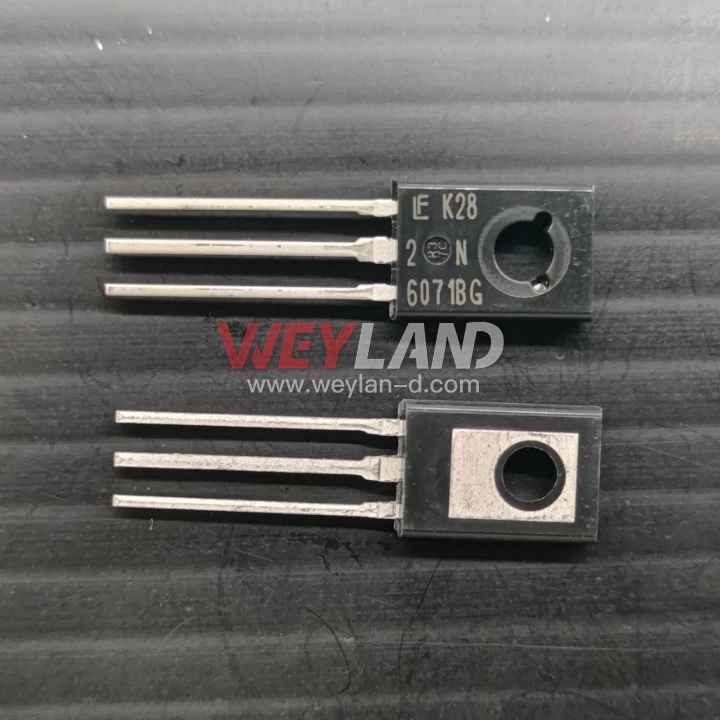
.9246509.png)












[email protected]
7500A BEACH ROAD #04-307 THE PLAZA SINGAPORE (199591)
RM 705.7/F.FA YUEN COMM BLDGNO.75-77.FA YUEN STREET.MONGKOK.KLN.HONG KONG
